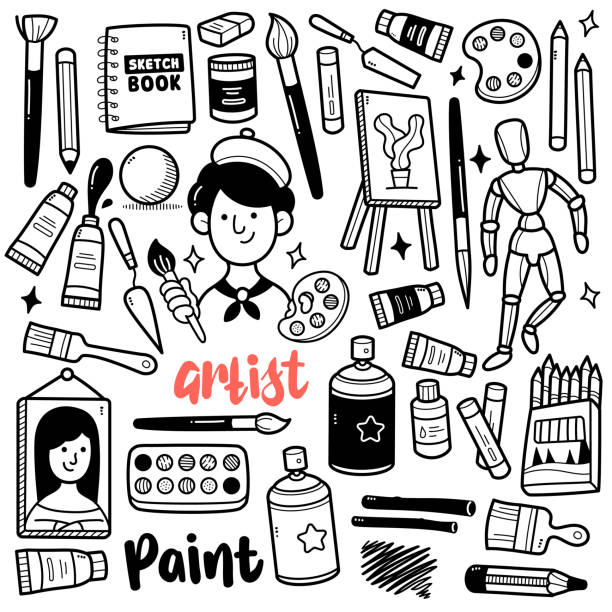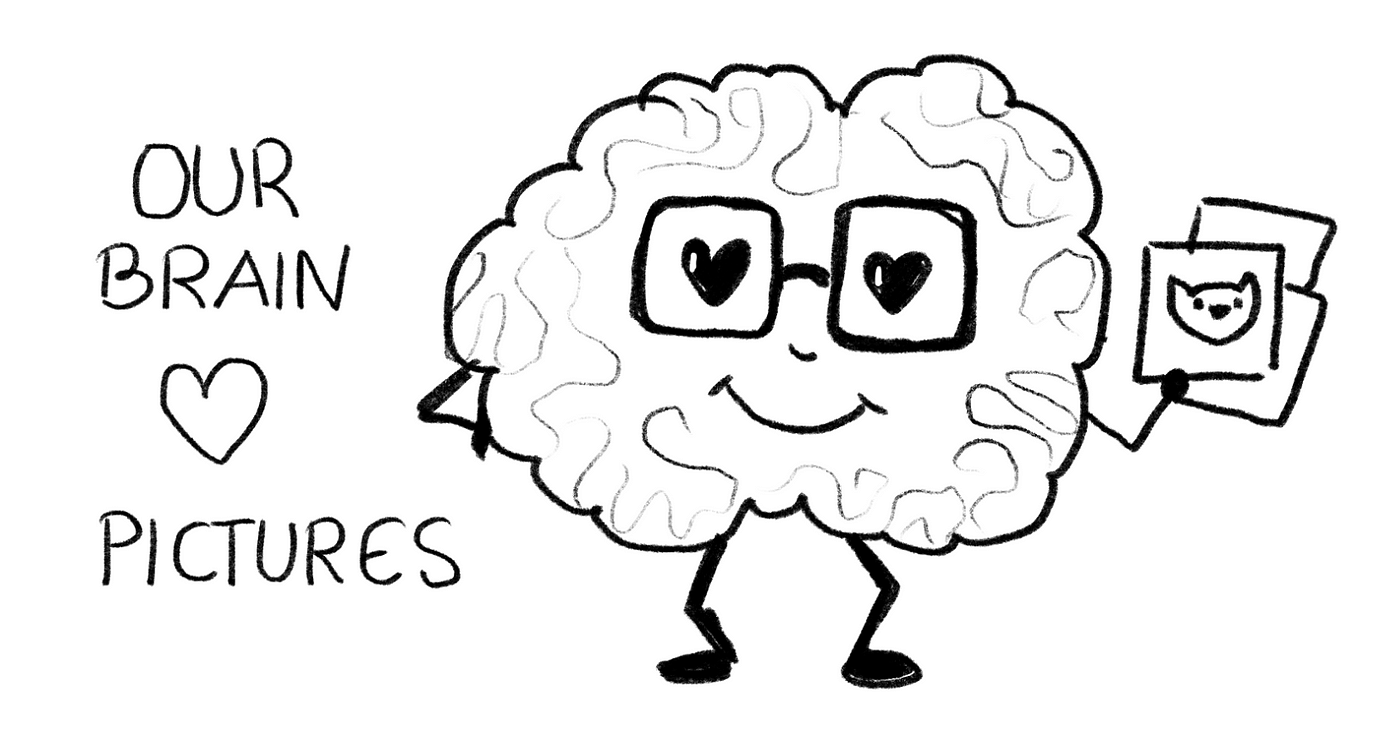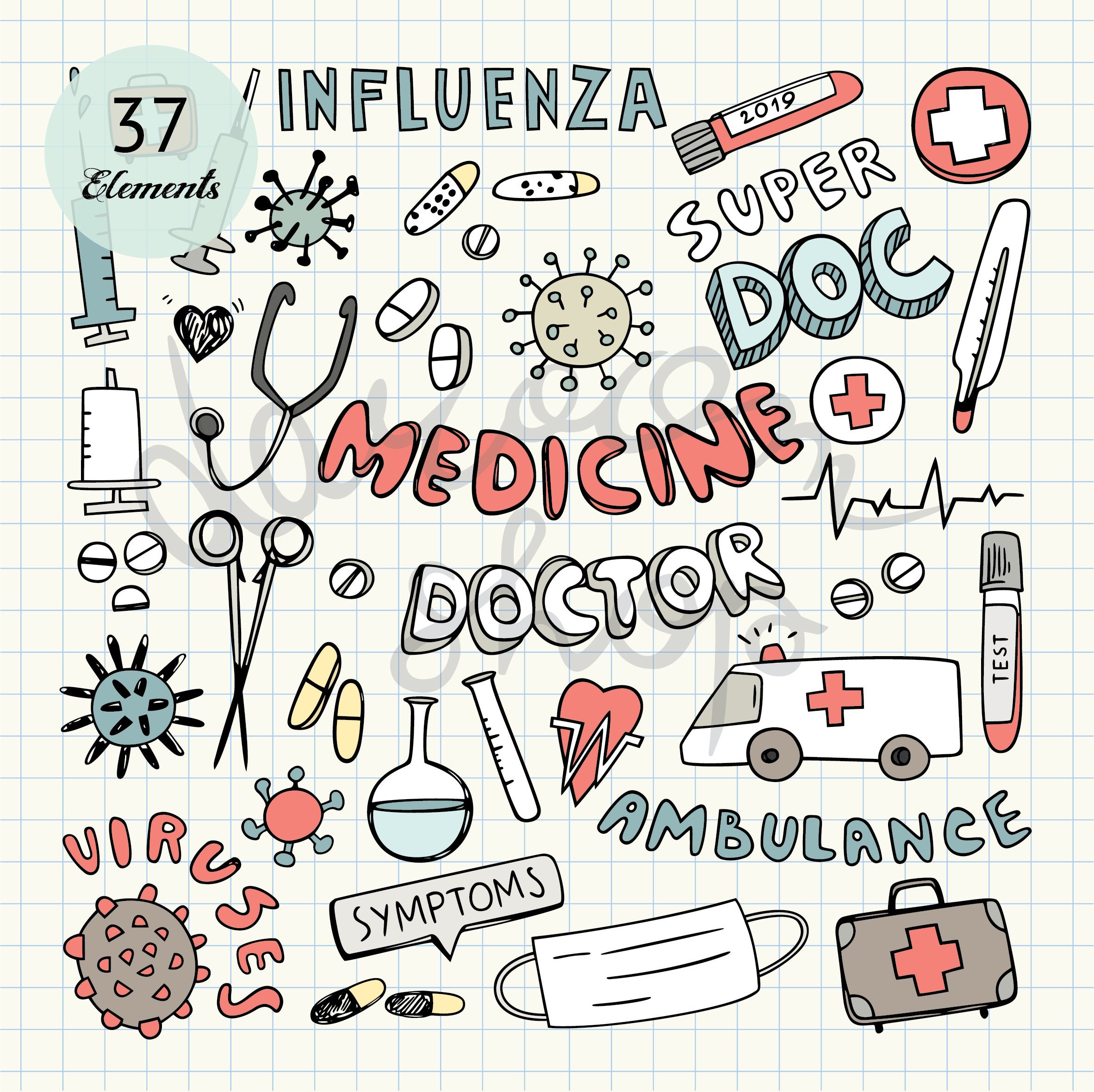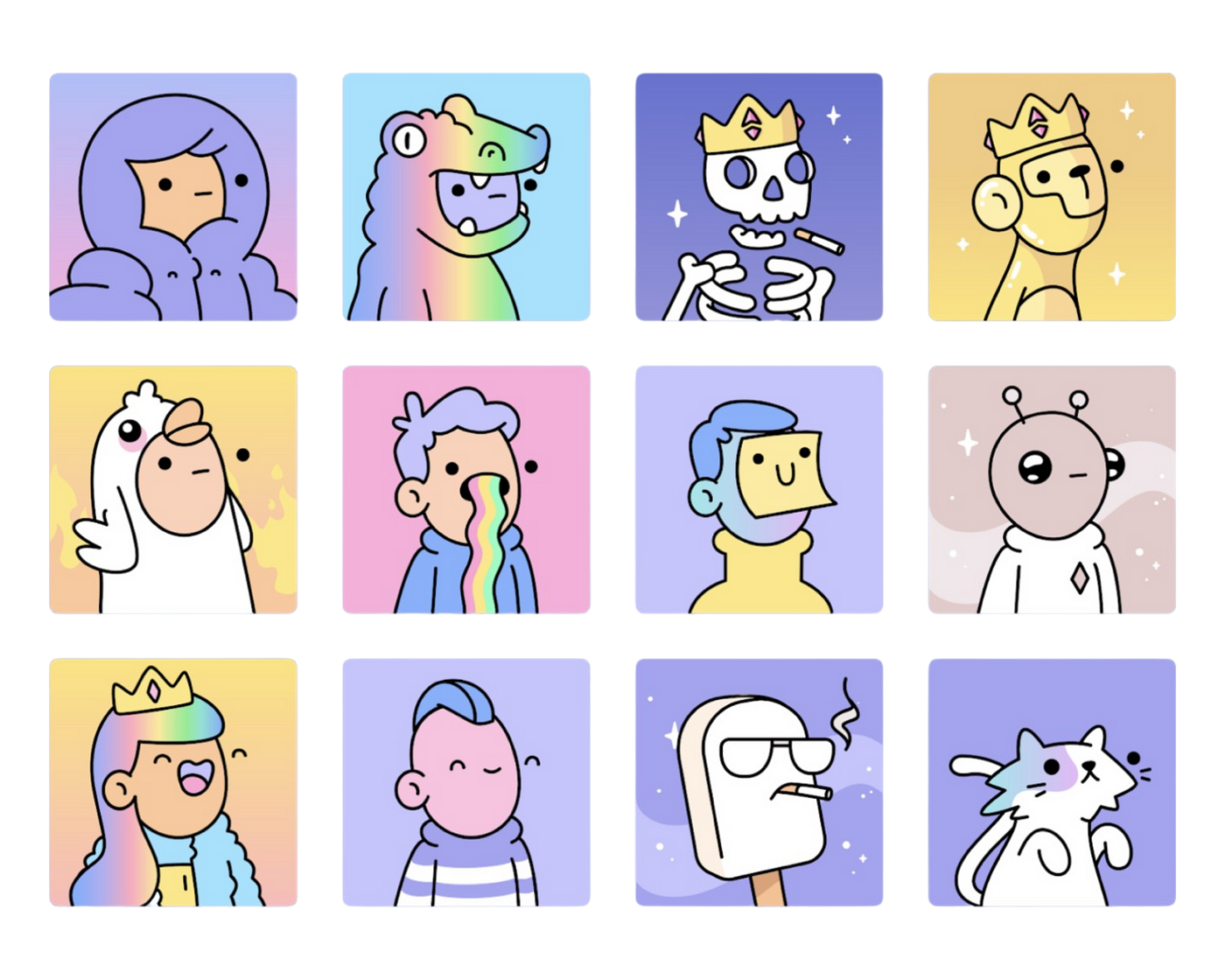What Is A Doodle Art?
A doodle is a drawing made while a person's attention is otherwise occupied. Doodles are simple drawings
that can have concrete representational meaning or may just be composed of random and abstract lines or
shapes, generally without ever lifting the drawing device from the paper, in which case it is usually
called a scribble.

Effects on memory

According to a study published in the scientific journal Applied Cognitive Psychology, doodling can aid
a person's memory by expending just enough energy to keep one from daydreaming, which demands a lot of
the brain's processing power, as well as from not paying attention. Thus, it acts as a mediator between
the spectrum of thinking too much or thinking too little and helps focus on the current situation. The
study was done by Professor Jackie Andrade, of the School of Psychology at the University of Plymouth,
who reported that doodlers in her experiment recalled 7.5 pieces of information (out of 16 total) on
average, 29% more than the average of 5.8 recalled by the control group made of non-doodlers.
Doodling has positive effects on human comprehension as well. Creating visual depictions of information
allows for a deeper understanding of material being learned. When doodling, a person is engaging
neurological pathways in ways that allow for effective and efficient sifting and processing of
information. For these reasons, doodling is used as an effective study tool and memory device.
As a therapeutic device
Doodling can be used as a stress relieving technique. This is similar to other motor activities such as
fidgeting or pacing that are also used to alleviate mental stress. According to a review of over 9,000
submitted doodles, nearly 2/3 of respondents recalled doodling when in a "tense or restless state" as a
means to reduce those feelings. Scientists believe that doodling's stress relieving properties arise
from the way that the act of doodling engages with the brain's default mode network. According to
graphologist and behavior specialist Ingrid Seger-Woznicki, "we [doodle] because we’re problem solving
on an unconscious level" and seeking to "create our life without stressing about it".Doodling, like the
more organised activity of drawing patterns such as Zentangles, is often incorporated into art therapy,
allowing its users to slow down, focus and de-stress.

Notable doodlers

Alexander Pushkin's notebooks are celebrated for their superabundance of marginal doodles, which include
sketches of friends' profiles, hands, and feet. These notebooks are regarded as a work of art in their
own right. Full editions of Pushkin's doodles have been undertaken on several occasions.Some of
Pushkin's doodles were animated by Andrei Khrzhanovsky and Yuriy Norshteyn in the 1987 film My Favorite
Time.
Other notable literary doodlers have included: Samuel Beckett; the poet and physician John Keats, who
doodled in the margins of his medical notes; Sylvia Plath; and the Nobel laureate (in literature, 1913)
poet Rabindranath Tagore, who made numerous doodles in his manuscript.